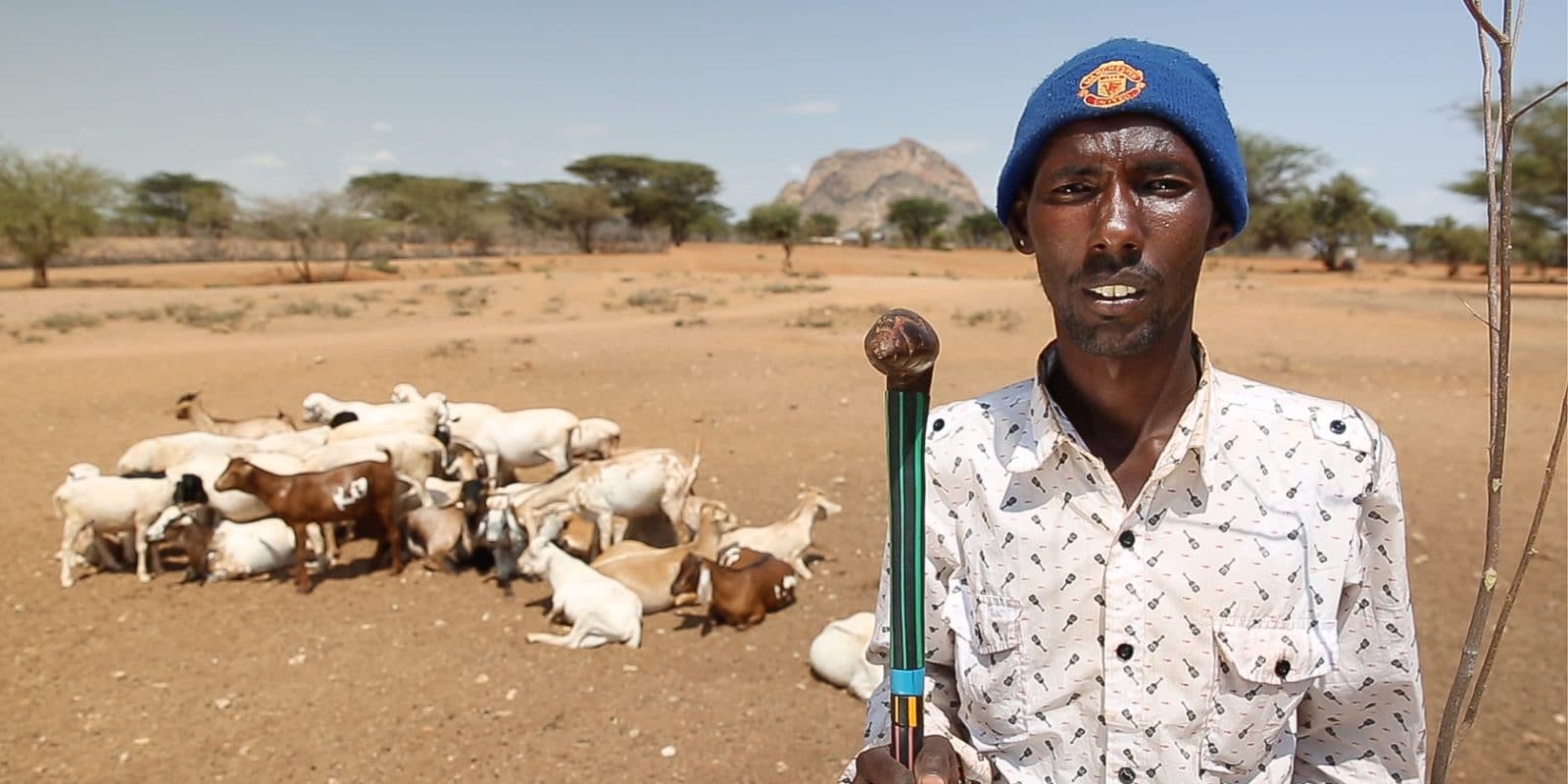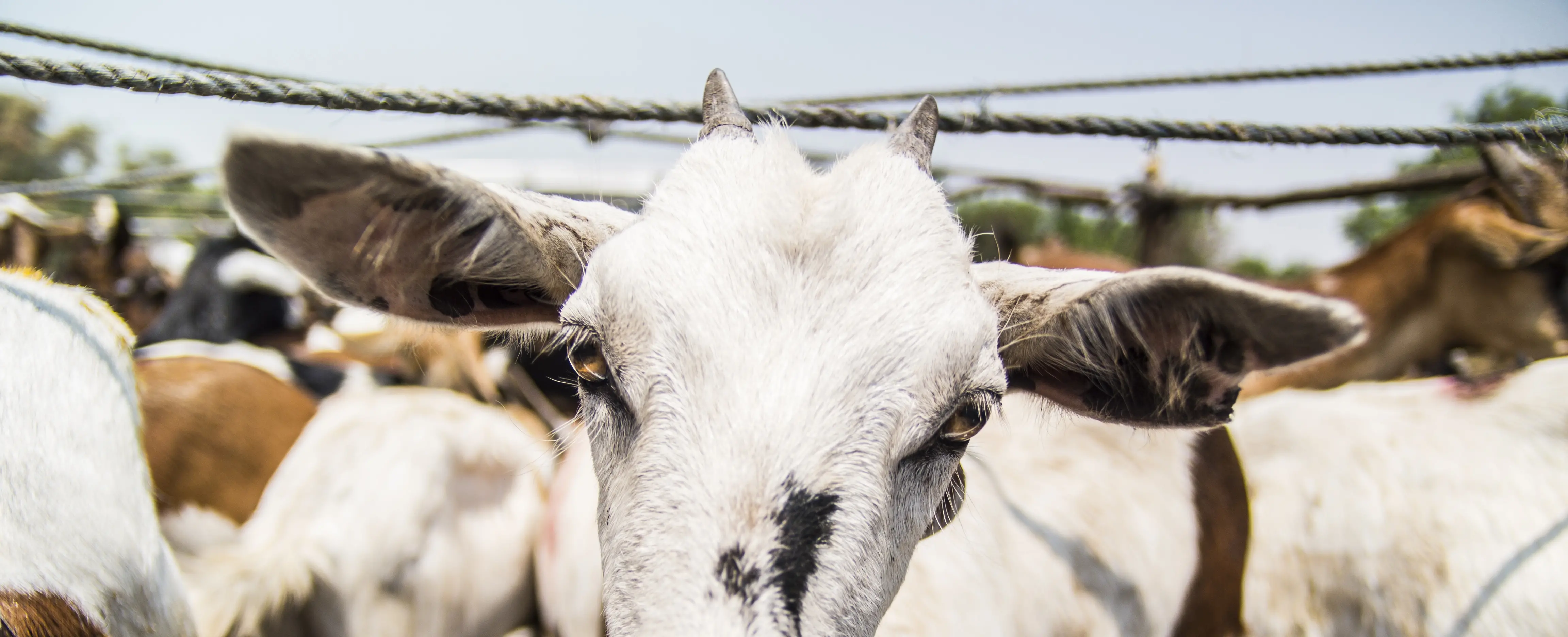As the geopolitical discussion on how to tackle climate change continues, the herders of northern Kenya have little choice but to deal with its effects. Here’s how we're using the three Gs (and a W) to help them.
Under a big sky
When Ltagolon Lesurmat emerges to survey the landscape in the pre-dawn chill of a Marsabit morning, he's guaranteed one thing: The day ahead will be tough.
Every day here is tough.
This part of Kenya, largely affected by climate change, is a harsh place to live. Its semi-arid land and unreliable seasonal rainfall offer little opportunity for anything but survival. The people here are survivors by nature, but lately that capacity has been stretched to its limits — with persistent drought being the biggest challenge. In 2017, after successive rain failures, 480,000 children needed treatment for acute malnutrition and it left millions of Kenyans reliant on food aid.
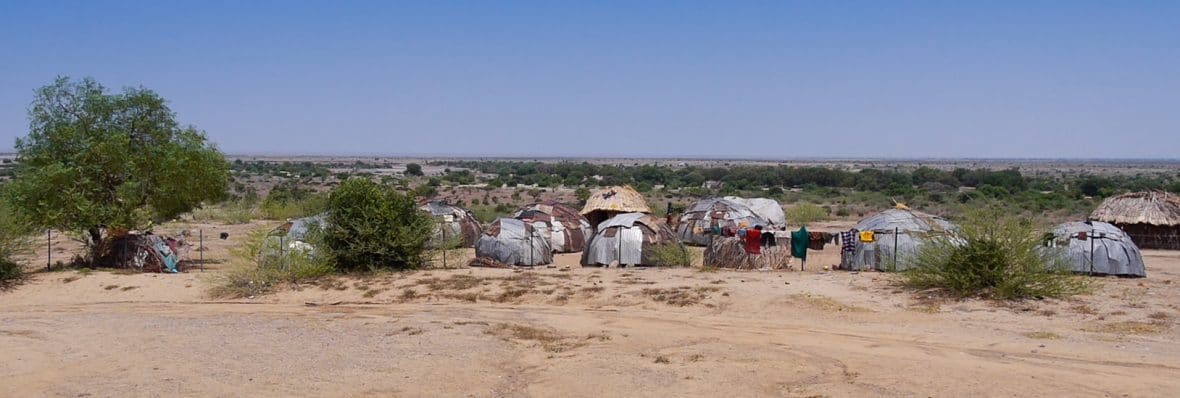
80% of Kenya is agriculturally unproductive. This leaves the grazing of livestock across large tracts of ‘rangeland’ as the only real livelihood available to those who live there. In Marsabit county, far to the north, at least 80% of the population depend on livestock, mostly sheep and goats (or “shoat” as they’re known locally). The local breeds are hardy, but persistent drought is the enemy and their market value is low.
So how do we help?
Concern, funded by the US Government, has been working with pastoralists like Ltagolon to come up an effective solution to what has now become an existential problem. 50 years of experience have taught us that few problems have a simple solution. This one is no different. There are 3 (well, actually 4) main components to our work:
1. Goats
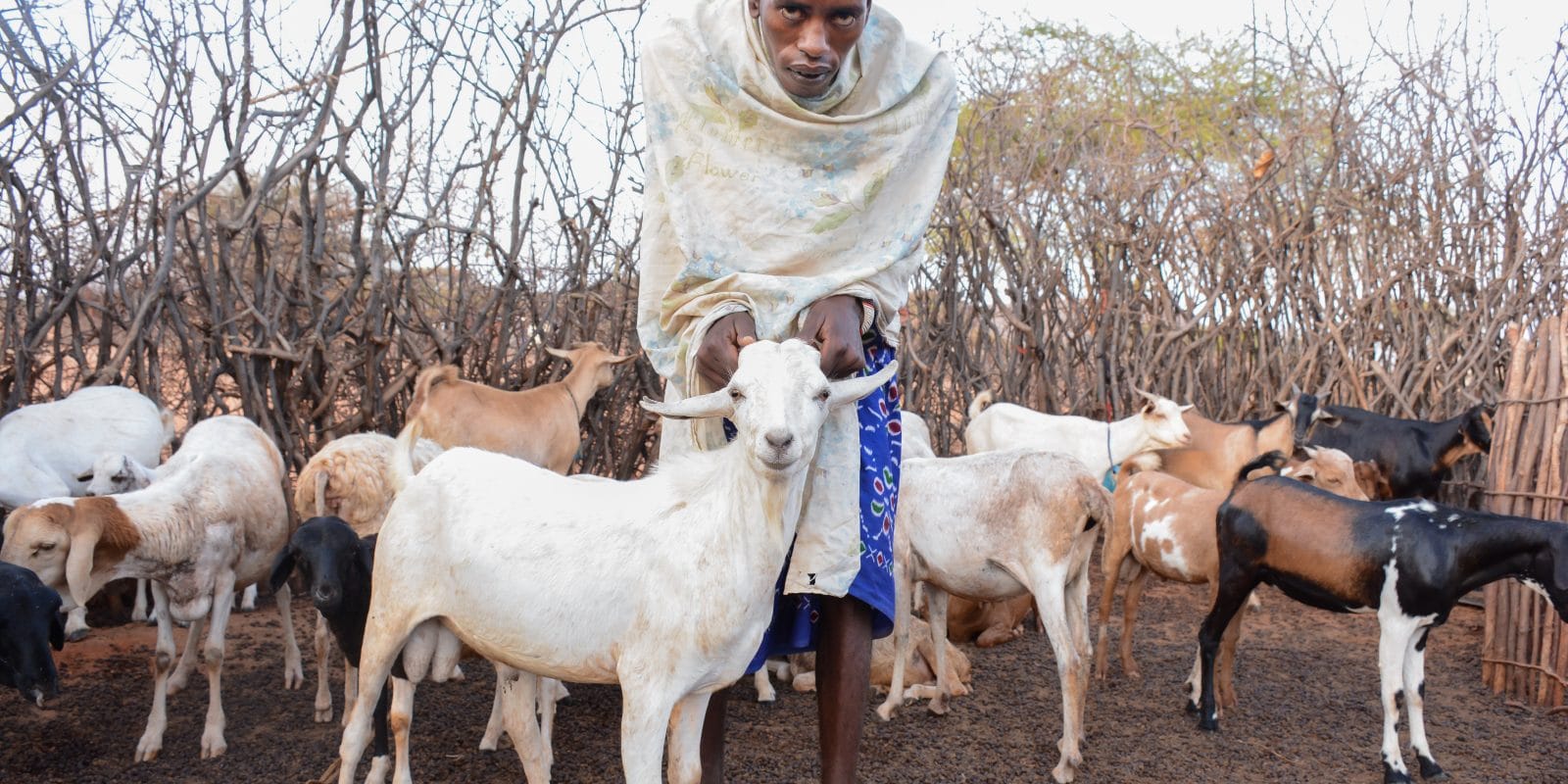
The Small African goat that’s popular in these parts grows slowly and only has moderate milk production. To boost the stock, Concern enlisted a fearless squadron of Somali Galla buck goats, which are more substantial and more productive. Their mission? To breed those characteristics into the local herd. This means more food and a better market price for the families of Marsabit.
“They are important in terms of the money when you sell, as well as milk production.”
Ltagolon Lesurmat, Pastoralist
2. Gardens
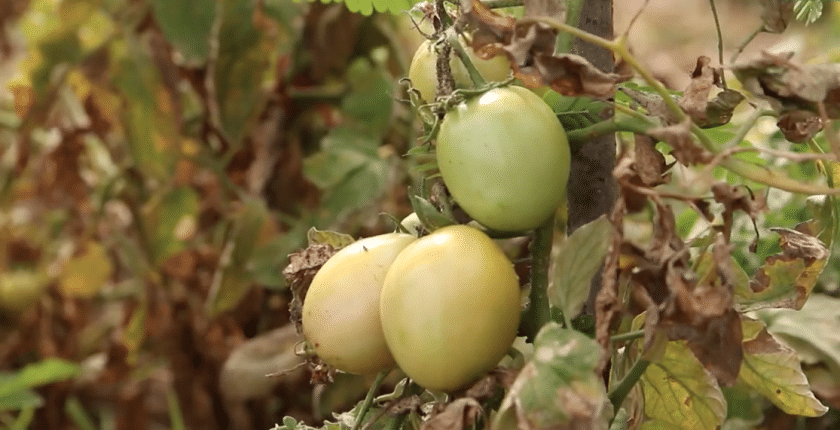
Although climate change has left the land in places like Marsabit unsuitable for large-scale crop farming, there is an alternative: vegetable gardens. The Concern team trains local people, mostly women, in simple methods of shade and moisture conservation. Sack planters may look a little weird, but they work well. Tomatoes, spinach, and kale provide vital nutrients for young children, insulating them against malnutrition and stunting.
“I have learnt to prepare land, establish a nursery, transplant, mulch, use minimum tillage, correct spacing, and pest and disease control.”
Kalle Malmalo, Mother
3. Grass
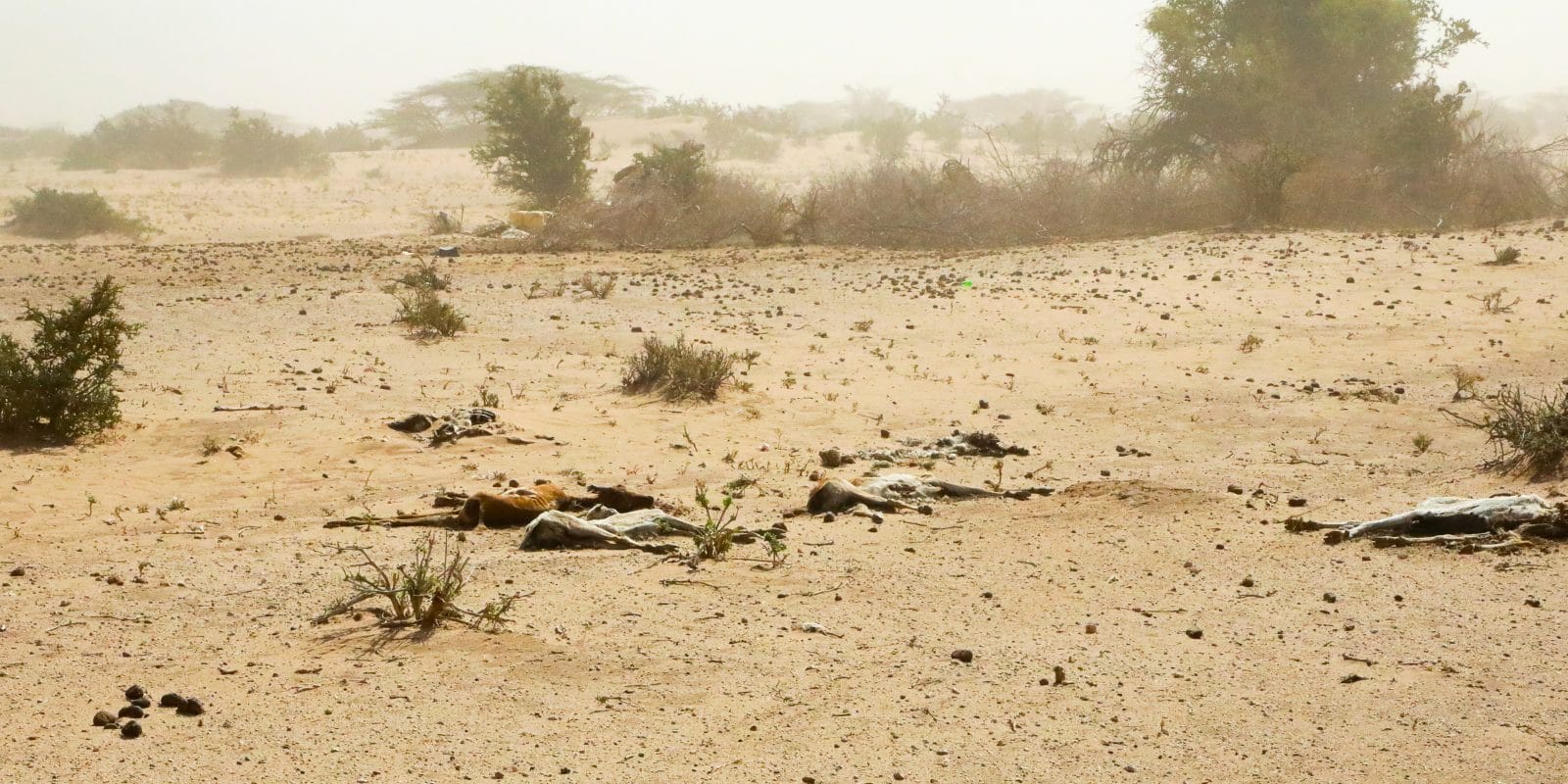
All of these climate shocks in Kenya are taking a toll on the pastoral landscape. Basically, the grass is dying. Herders must range further to find food for their animals, putting them under stress and often leading to disputes. Rehabilitating the rangelands is one way to tackle this. Concern supported the purchase of tools for bush clearance and protective fencing, and communities have been experimenting with new grass seed types, which are drought resistant and tolerate the salinity of the soil.
“We hope to reach a point where we will harvest from this piece of plot and provide our milking herds with enough pasture for use during the harsh times."
Ali Musa, Community Leader
4. (The other one)
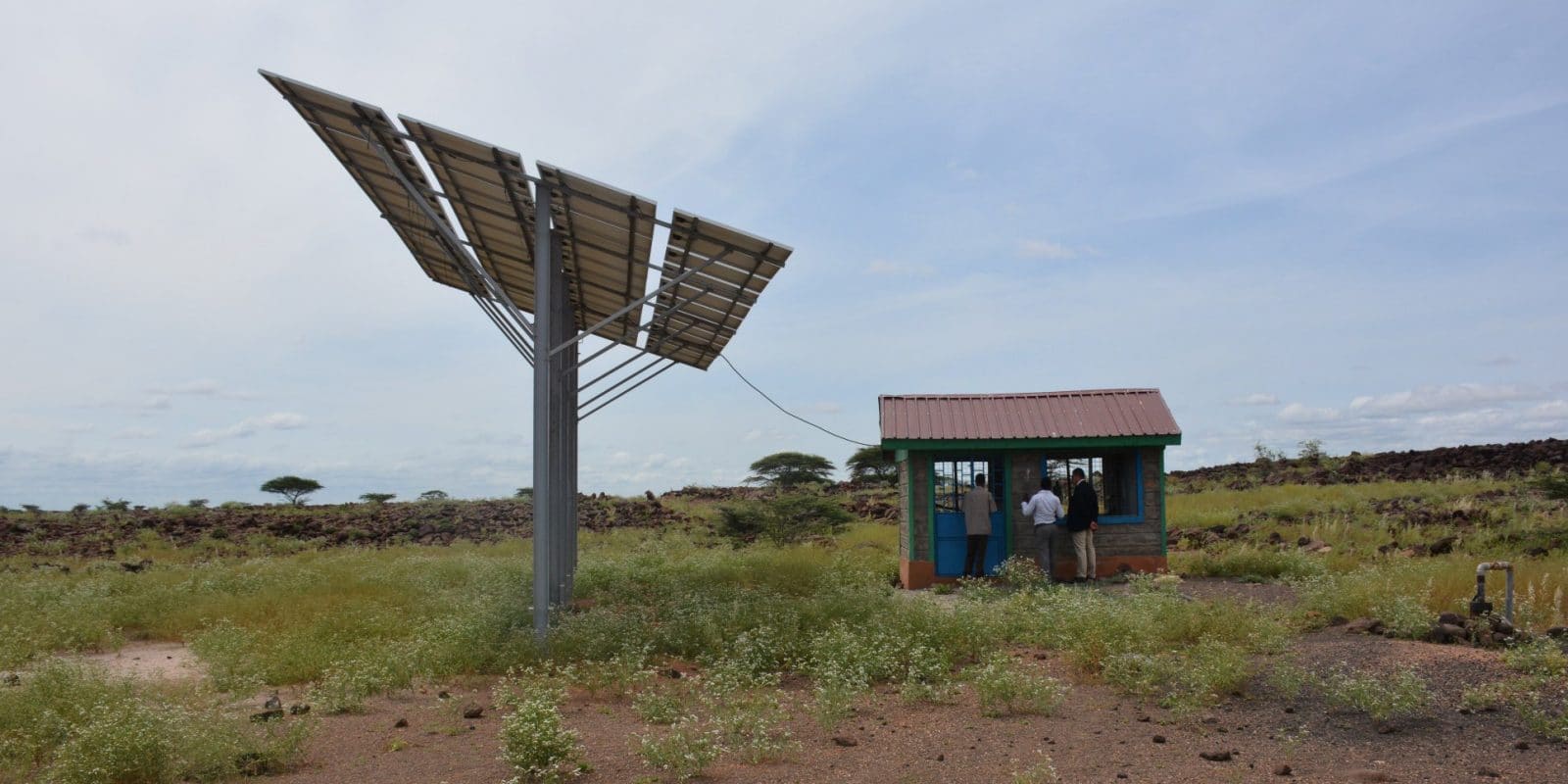
It doesn’t alliterate well with goats, gardens, and grass, but water is the other key factor in fighting climate change in Kenya. The Concern team has been rehabilitating multiple water supplies across Marsabit, installing solar pumps and raising pipes off the ground to prevent corrosion. This means pastoralists won’t have to travel large distances with their herds. It also means there’s a regular supply available for irrigating those wonderful vegetable gardens.
None of these projects are long-term solutions to the underlying problem of climate change — but for the families of Northern Kenya they are a lifeline. We're grateful to the Office of Foreign Disaster Assistance (OFDA), which has been funding this program on behalf of the US Government. To date, it has impacted the lives of over 100,000 people.
